In its first deviation from a 6-day cycle since the school’s merger in 1991, the Middle School will adopt an 8-day block schedule for the 2025-26 school year. The daily schedule for next year remains unchanged. When the new schedule goes into effect, classes will begin at 8:00 a.m. and finish at 2:35 p.m. Each day will include five out of a possible eight 55-minute classes, in addition to community time and a common lunch period.
The administration hired a consultant from Independent School Management (ISM), a worldwide private school management firm, to evaluate the current daily schedule in light of recent mental health awareness within the community. On May 14, the Scheduling Committee, a diverse collection of faculty members who spearheaded the reform, unanimously approved the new schedule.
The change will remove the office hours period from within a specific class’s meeting time.
Head of Middle School Jon Wimbish said students may decide between taking less than eight classes, leaving a block free, and filling their schedule at the expense of frequently attending their teachers’ office hours.
“Free time is going to be a bit of a choice,” Wimbish said. “One of the decisions a student would have to make is, ‘if I’m taking my eight classes, I’m going to be limited in the amount of time that I can see my teachers outside of class.’”
Wimbish said attending a given class only five out of eight days will decrease students’ nightly homework load.
“You’ll have fewer homework assignments each night because you’ll have fewer classes to prepare for,” Wimbish said. “The likelihood of all five of your classes being a core class [is low]. It is unlikely that it will land that way. If it does, it’s only going to land that way once every eight days. Now, it probably lands that way two or three out of every six days.”
The block schedule eliminates passing periods, instituting the ISM theory of a “hard stop,” a definite end to the class period, followed by a “soft start,” a flexible starting-time for the next class depending on the amount of time it takes for students to arrive from their previous classes.
Faculty Academic Committee Chair and Scheduling Committee member Jehan Giles said she supports the soft start initiative because the transitions between classes will be more comfortable, benefiting students’ relationships and mental health.
“With the soft start, people will come in and there’ll be an activity to ease you into the day like a journal prompt or a game,” Giles said. “Easing into [classes] would be good for teacher-student relationships and mental health.”
Occasionally, there will be all-school assemblies, class meetings or advisory sessions during the 45-minute community time.
Wimbish said that the administration will lessen the frequency of class meetings and add an advisory time in which teachers will lead small collections of students in discussions about subjects better received in an intimate setting.
“We can probably have fewer class meetings and still accomplish what we need to do with elections and surveys and scheduling conversations and retreat information — all that’s good to hear from one voice — and do some of the other stuff that is important to the life of a student in a smaller group where there can be a back-and-forth,” Wimbish said.
With the 15-minute increase in each class period, Wimbish said students will benefit from the added time between settling into their work and cleaning up.
“Imagine you took ceramics,” Wimbish said. “You’re probably spending at minimum eight minutes between cleanup and setup — you have to put your smock on, you have to get your clay out, you have to get settled, you have to get over to your station. Now, you have more time to explore.”
Giles said the longer periods will allow for more meaningful thought in the classroom.
“As a society, our perception of time and our perception of how we use time has changed over the last five years,” Giles said. “I want us to move at a slower pace so we can have deeper work. Personally, I was feeling like I didn’t have the space to be creative or innovative because I was always on the go. In order for me to feel successful, I have to feel like I can create something new and I have the space to dream.”
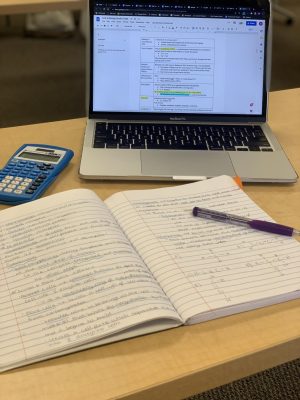



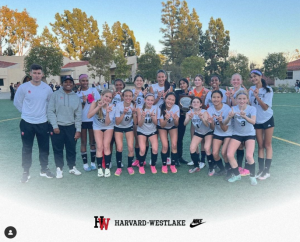
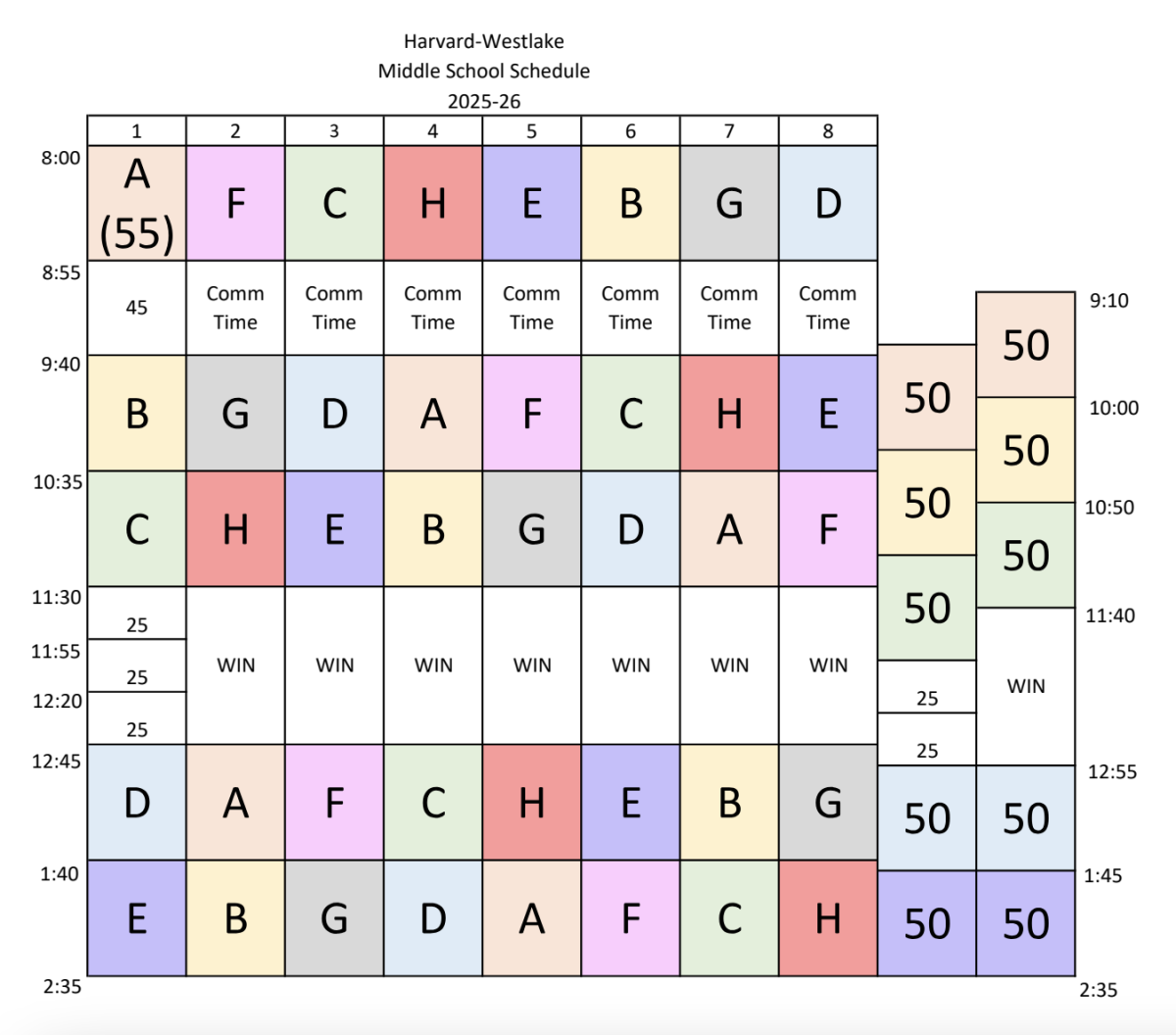

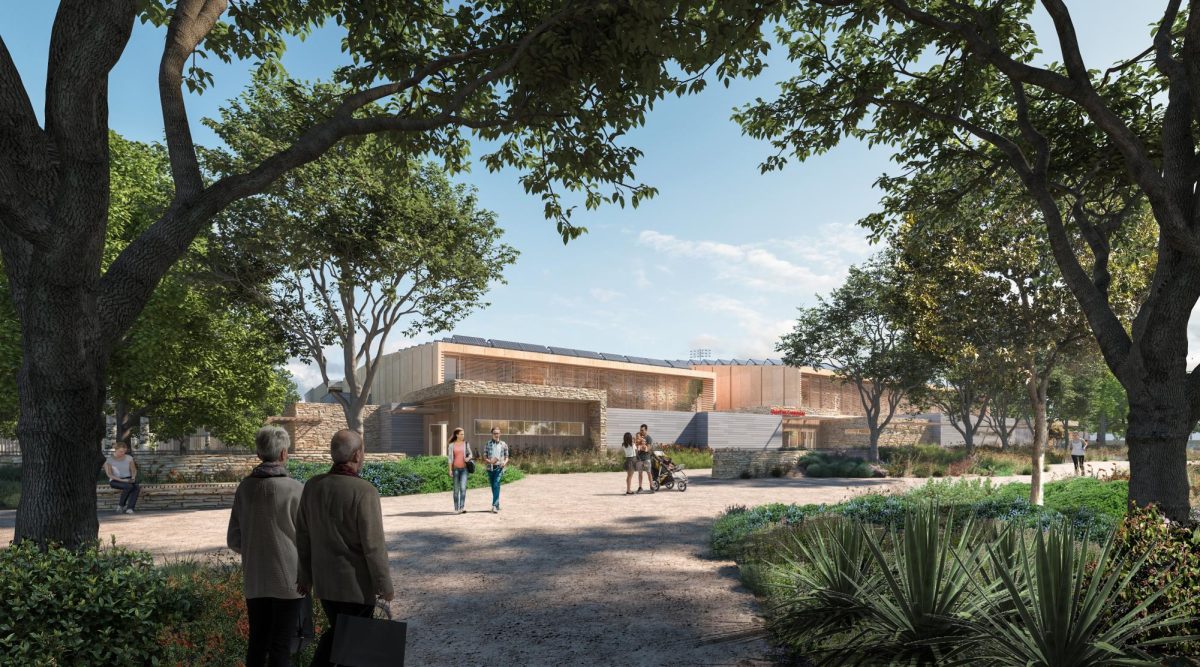
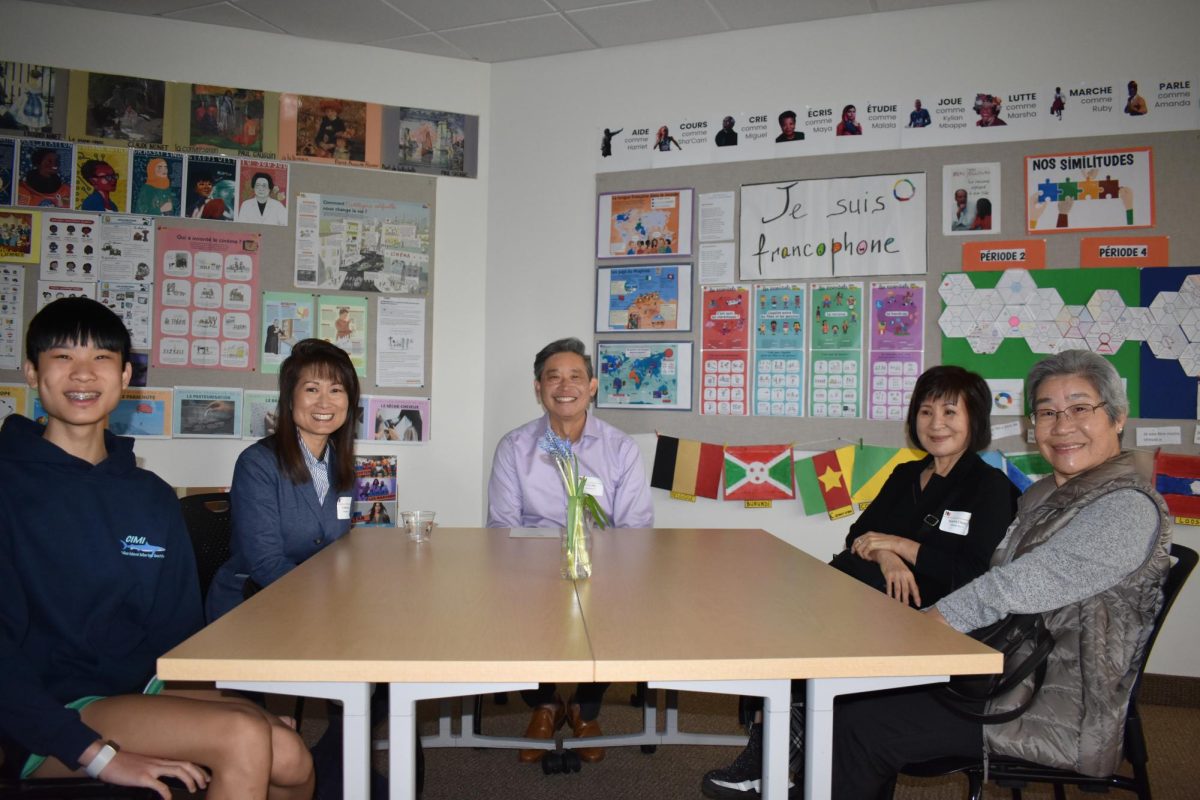
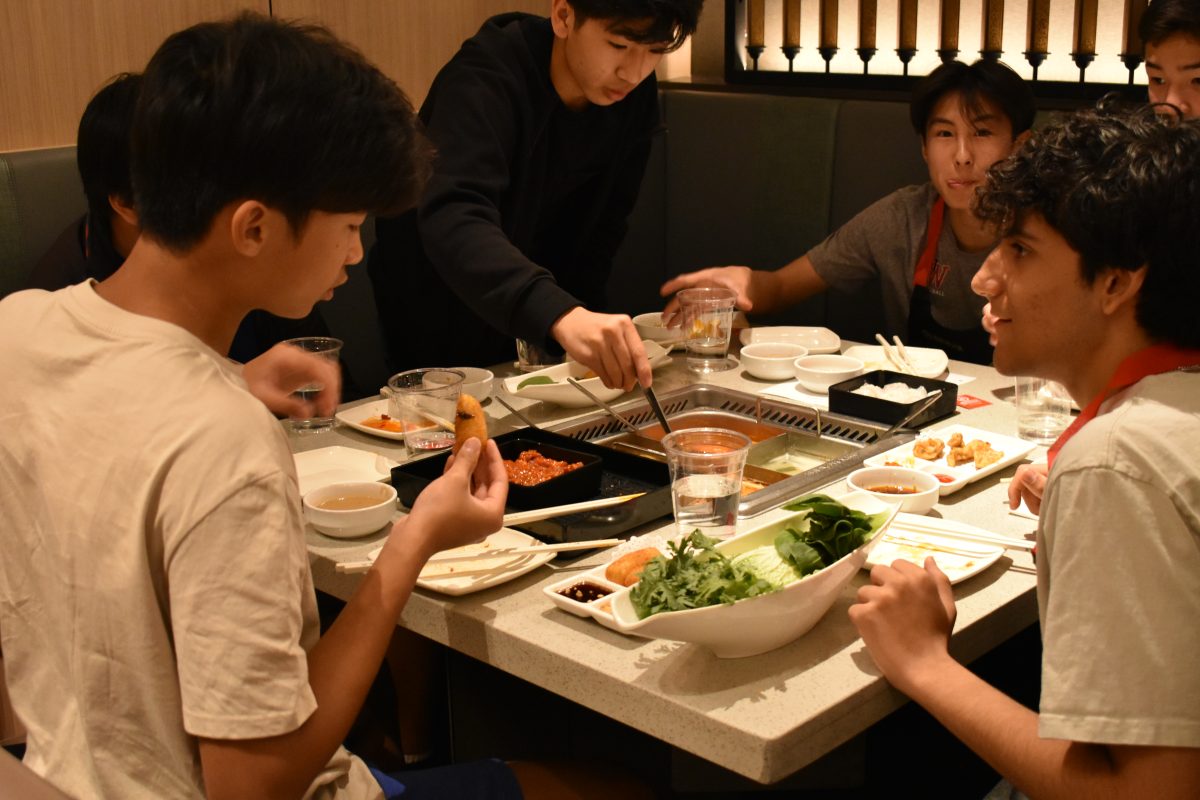


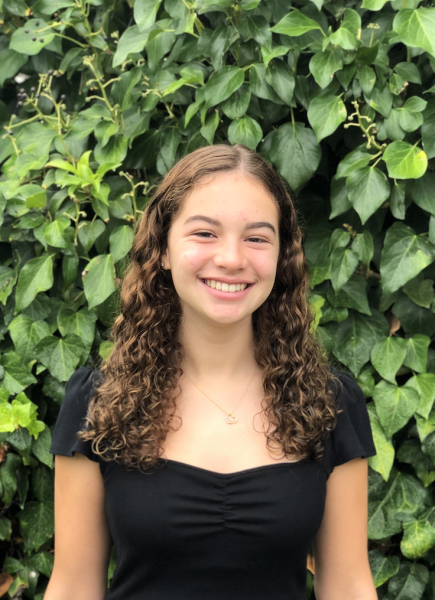
Student | May 29, 2024 at 9:09 pm
This looks so much more complicated than our current schedule… good luck to everyone who has to deal with this.